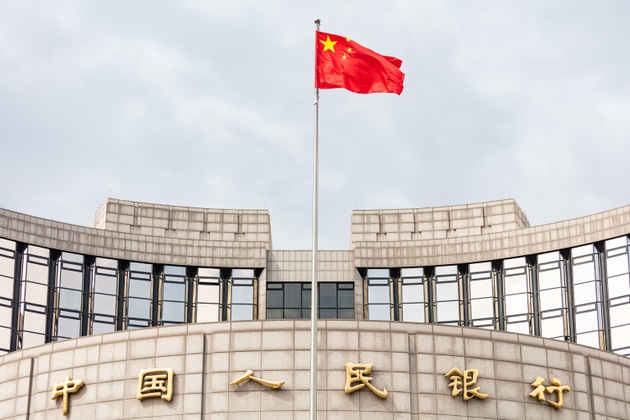The adoption of sterilised packaging is rapidly becoming the norm in healthcare, food, and other safety-conscious industries.
As consumers and regulators increasingly prioritise hygiene and contamination control, businesses are turning to advanced packaging solutions that protect both products and end users.
This trend is reshaping industry practices and driving innovation in materials, sterilisation techniques, and supply chain management.
Several forces are contributing to the widespread adoption of sterilised packaging:
Healthcare and medical safety: The demand for sterile instruments, devices, and pharmaceuticals has grown alongside advancements in medical procedures. Sterilised packaging ensures that products remain free from contaminants, protecting patient health and meeting strict regulatory standards.
Food safety and quality assurance: Consumers increasingly expect packaged food to be safe and fresh. Sterilised packaging extends shelf life, prevents microbial contamination, and reassures customers about the hygiene and quality of products.
Regulatory compliance: Governments and industry bodies enforce strict safety regulations across healthcare, food, and pharmaceutical sectors. Using sterilised packaging helps companies meet these requirements while avoiding costly recalls or reputational damage.
The evolution of sterilised packaging is driven by technological and material innovations:
Advanced materials: Modern packaging materials such as Tyvek®, non-woven fabrics, and multilayer films offer superior barrier properties, keeping products sterile during storage and transport.
Effective sterilisation methods: Techniques such as gamma radiation, electron beam, and ethylene oxide sterilisation eliminate microbial contamination without compromising product integrity.
Sustainable solutions: Environmental concerns are pushing companies towards recyclable, biodegradable, and low-impact materials. This ensures that safety does not come at the expense of sustainability.
The market for sterilised packaging is set to continue its strong growth trajectory:
Global expansion: The sterilised packaging market is projected to increase steadily in the coming years, driven by rising healthcare demand, stricter regulations, and growing consumer awareness of product safety.
Regional dynamics: North America and Europe currently lead the market due to advanced healthcare infrastructure and regulatory frameworks. Meanwhile, Asia-Pacific is expected to experience rapid growth as healthcare investment rises and food safety awareness spreads.
Smart packaging integration: Emerging trends include incorporating sensors, RFID tags, and tracking systems into packaging to monitor product safety and sterility throughout the supply chain.
Story Continues























